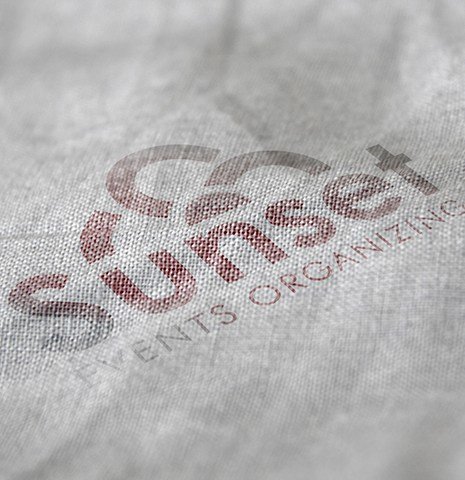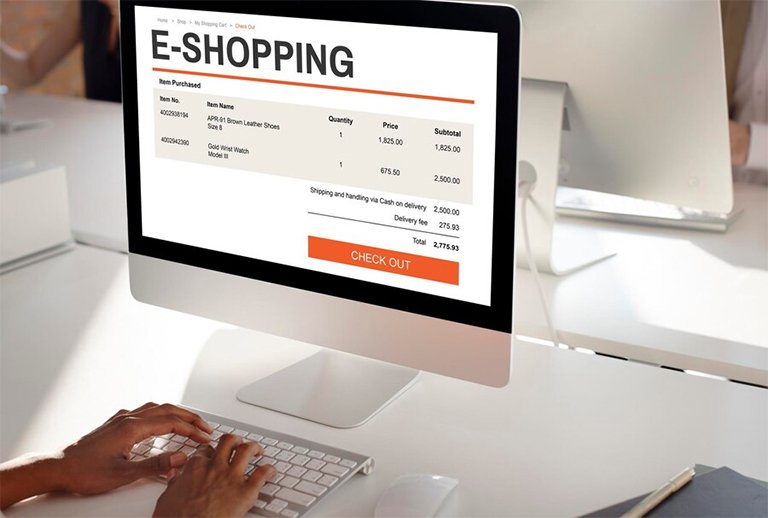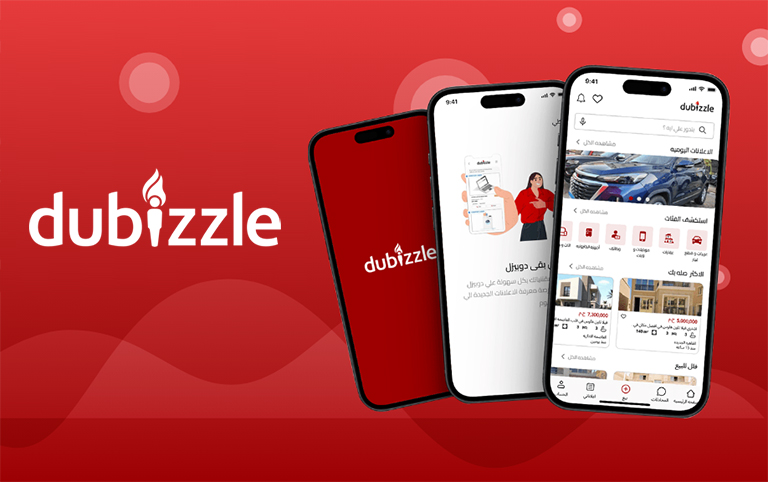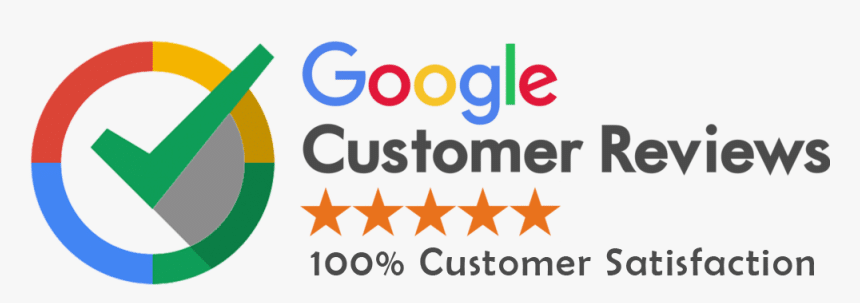Creating a powerful lead generation landing page is one of the most important steps for getting new customers. A well-designed page doesn’t just collect emails or names—it builds trust, encourages action, and helps turn website visitors into paying clients. Whether you’re a startup or an established business, your landing page should guide people smoothly toward taking the next step with your brand.
Let’s walk through the key elements that make a landing page effective—and see how everything from visuals to wording can impact your results.

1. What is a Lead Generation Landing Page?
A lead generation landing page is a standalone webpage made to capture contact details from your visitors. Usually, it contains a short message, an offer (like a free download or newsletter), and a form to fill out. This page is not meant to distract—it focuses on a single goal: getting leads.
Every time someone shares their details, they become a possible customer. But for that to happen, your page must earn their trust and attention within seconds.
2. Make the First Impression Count
The top section of your landing page (often called the “above-the-fold” area) is where most people decide if they will stay or leave.
Use this area wisely:
- Add a clear and short headline that tells visitors what they’ll get.
- Include a short subheading to give more detail.
- Place your call-to-action (CTA) button in a visible spot.
- Keep distractions (like menus and extra links) away.
Example:
“Get Your Free 7-Day Social Media Strategy Plan”
Subheading: Perfect for small businesses looking to grow online fast.
3. Offer Real Value to the Visitor
People don’t give out their personal information for nothing. They want something helpful in return. You can use:
- A free eBook or guide
- A discount code
- A free consultation
- A webinar invitation
- Templates or checklists
Make sure the offer connects directly with what the visitor needs. If your business sells marketing services, offer a free marketing audit. If you sell fitness gear, offer a free training plan.
4. Keep the Form Simple
Long forms often scare people away. Keep it short and only ask for what you really need.
- Best: Name and email only
- Optional: Phone number, company name
Use smart tools that let users auto-fill their details to save time. If your form is longer, break it into small steps and show a progress bar.
5. Use Strong, Clear CTA Buttons
The CTA button should use action-focused words. Avoid “Submit” or “Click here.” Instead, try:
- “Download My Free Copy”
- “Book My Free Call”
- “Get Instant Access”
- “Send Me the Checklist”
Also, test different button colors. Often, contrasting colors (like orange on a white background) work best.
6. Make the Design Mobile-Friendly
A large number of visitors will come from mobile phones. If your landing page isn’t mobile-friendly, you’ll lose many leads.
Key tips:
- Use large fonts and tap-friendly buttons
- Avoid heavy images that load slowly
- Make forms fit the screen
- Test your page using Google’s Mobile-Friendly Test
7. Add Social Proof and Trust Signals
When people visit your page, they want to know if your business is trustworthy.
Add:
- Customer testimonials
- Google or Facebook reviews
- Client logos
- Star ratings
- Secure payment icons (SSL, Visa, Mastercard)
These small things make a big impact.
8. Share Useful Information Without Overselling
Your landing page should help the visitor feel understood. Share quick product info, pricing, or your company story—without sounding pushy. A good idea is to break it into small sections:
- What your product does
- How it helps
- Why it’s different
- Why they can trust you
If you have multiple services, create a separate landing page for each one.
9. Give Free Tips to Build Relationships
Helpful tips can build trust and make your brand memorable. If you offer a fitness course, share tips on weight loss. If you’re selling marketing tools, give advice on running ads.
This shows you’re not only after a sale—you’re there to help.
10. Use Newsletters to Keep in Touch
After someone shares their email, don’t leave them hanging. Send newsletters that:
- Provide tips
- Announce offers
- Share success stories
Keep emails short and relevant. Let users unsubscribe easily to avoid spamming issues.
11. Add Visible Contact Information
Let people know they can reach out. This builds confidence.
Show:
- Company name
- Phone number
- Office address (if you have one)
Bonus: Add a chat feature or WhatsApp button for instant replies.
12. Use A/B Testing to Improve Results
Sometimes small changes can increase your leads by 30% or more. Test:
- Headline versions
- Button text and color
- Image vs. video
- Long vs. short forms
Use tools like:
- Unbounce
- Google Optimize
- Optimizely
Compare versions and keep the one that performs best.
13. Track User Behavior with Analytics
Use Google Analytics or Hotjar to understand:
- How far people scroll
- Where they click
- How long they stay
- Where they drop off
This helps you fix weak areas. For example, if users leave before the form, maybe your headline isn’t clear enough or the CTA is too far down.
14. Include a Thank You Page
Once the user submits their details, don’t leave them with a blank screen.
Create a simple thank you page:
- Thank them for signing up
- Let them know what to expect next (email, call, download link)
- Offer another action like visiting your blog or checking your services
This makes the visitor feel respected and increases chances for more engagement.
15. Optimize Your Page for SEO
Even though landing pages are usually built for paid ads or email links, you can still get some organic traffic if they are well-optimized.
Basic SEO tips:
- Use the keyword in title, URL, meta description
- Add alt tags to images
- Use fast hosting and optimize speed
- Internally link to other useful blog posts or services
16. Real Case Example
Imagine a fitness coach named Sana. She created a landing page offering a free 5-day meal plan. The page had:
- A headline: “Get Fit with This Free 5-Day Meal Plan”
- A form with just name and email
- Testimonials from past clients
- A downloadable PDF
Within two weeks, she got 1,200 leads. Many turned into long-term clients because they already trusted her from the value she gave upfront.
This shows that even simple strategies work—if you give value and build trust.
Final Thoughts
A perfect lead generation landing page is not about heavy design or clever tricks. It’s about building a page that speaks directly to your audience, earns their trust, and gives them something they truly want.
When you offer real value, make the process easy, and stay connected through newsletters or follow-ups—you win. And so do your visitors.
If you haven’t started yet, today is the right time to work on your landing page. Keep testing, improving, and learning. Because each small change can bring big results.










